
What is a Bunion?
A bunion is often described as a bump on the side of the big toe. However, a bunion is more than that. The visible bump actually reflects changes in the bony framework of the front part of the foot. The big toe leans toward the second toe, rather than pointing straightahead. This throws the bones out of alignment – producing the bunion’s “bump.”
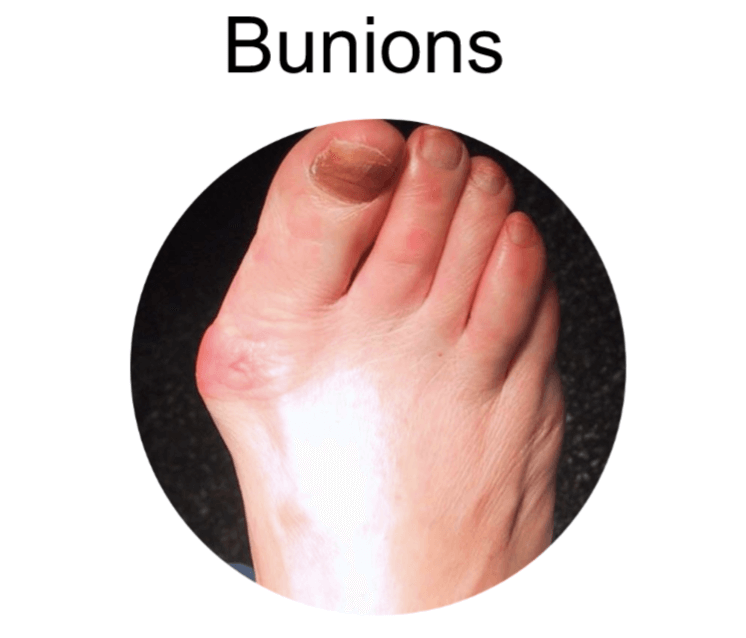
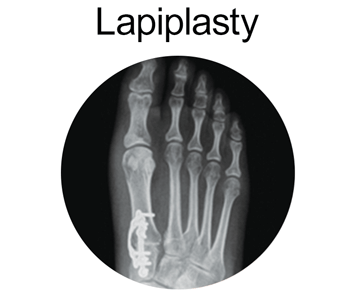
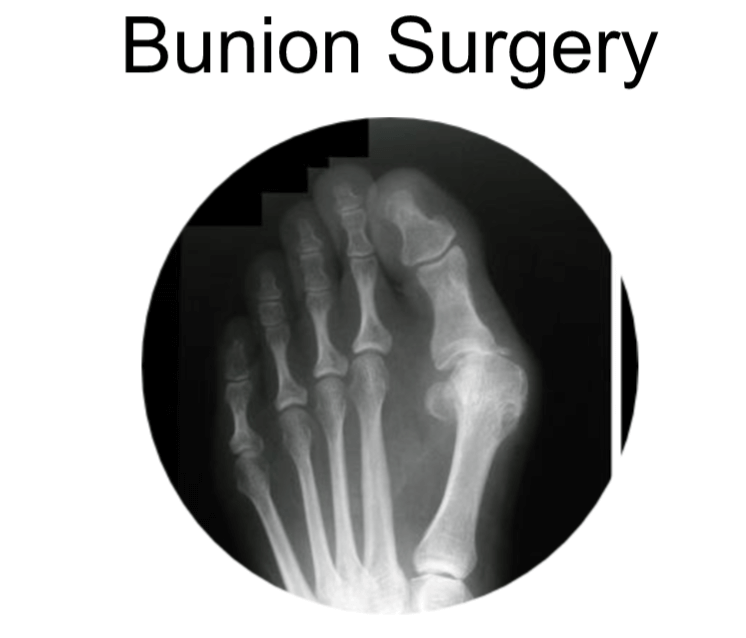
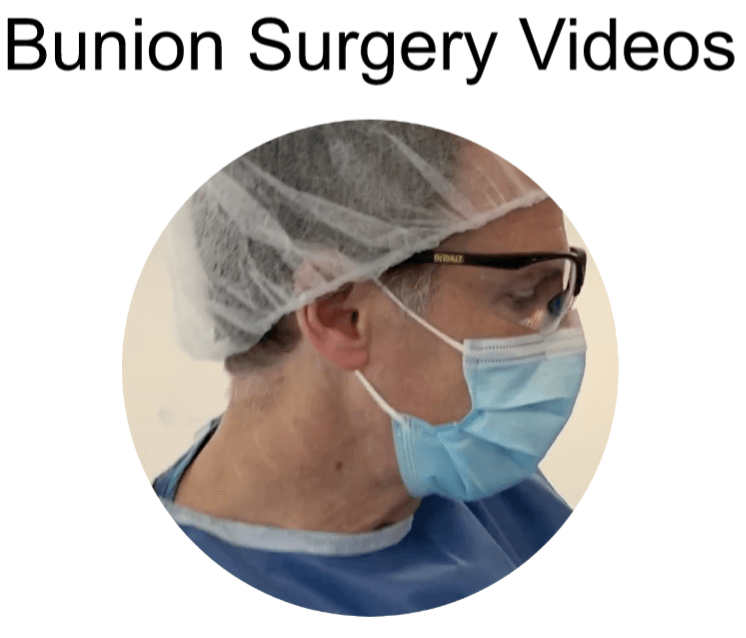
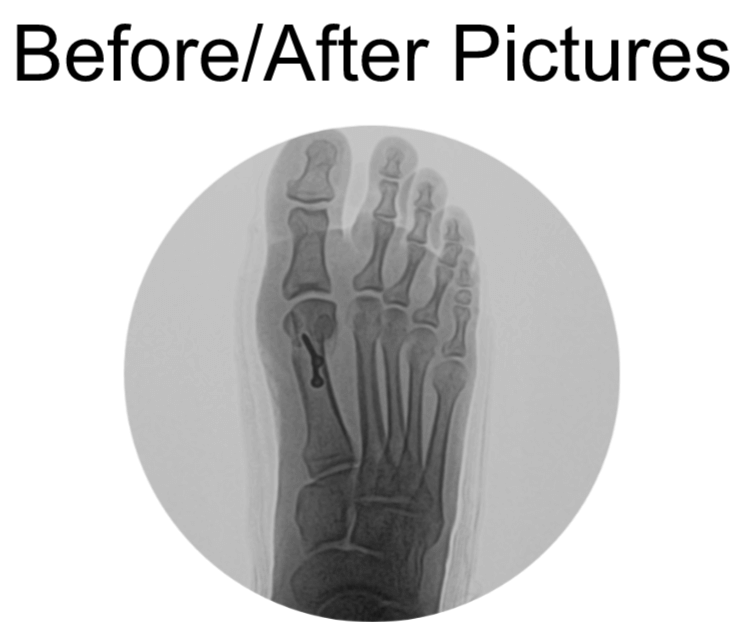
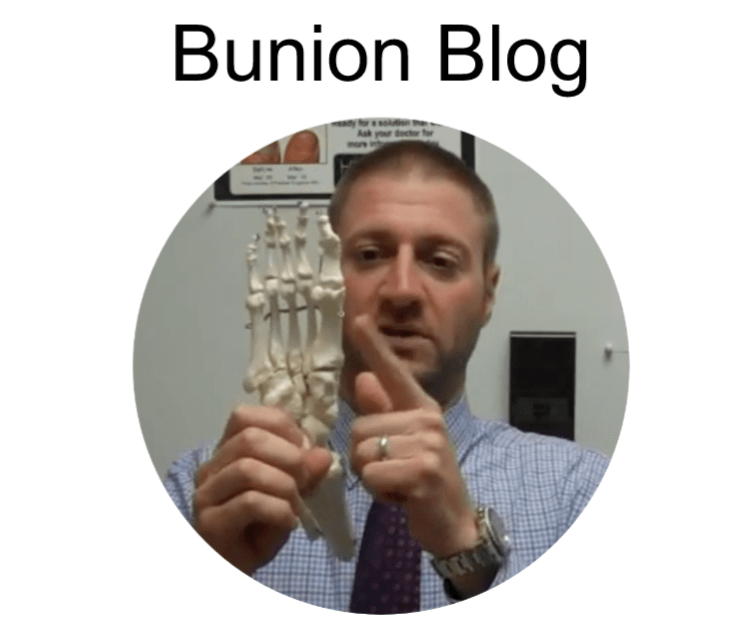 Causes
Causes
Bunions are a progressive disorder. They begin with a leaning of the big toe, gradually changing the angle of the bones over the years and slowly producing the characteristic bump, which becomes increasingly prominent. Symptoms usually appear at later stages, although some people may never have symptoms. Bunions are a common foot deformity that can be inherited or occur as a result of repeated stress to the joint. It is not the bunion itself that is inherited, but certain foot types that make a person prone to developing a bunion. Not wearing proper sized footwear that crowd one’s toes will not cause bunions, however it can contribute to the progression of the deformity. As a result, symptoms may appear sooner with improper footwear.
Symptoms
Symptoms, which occur at the site of the bunion, may include:
• Pain or soreness
• Inflammation and redness
• A burning sensation
• Possible numbness
Symptoms occur most often when wearing shoes that crowd the toes, such as shoes with a tight toe box or high heels. This may explain why women are more likely to have symptoms than men. In addition, spending long periods of time on your feet can aggravate the symptoms of bunions.
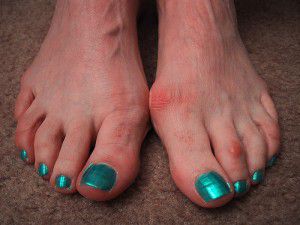
Diagnosis
Bunions are readily apparent – the prominence is visible at the base of the big toe or side of the foot. However, to fully evaluate the condition, the foot and ankle surgeon may take x-rays to determine the degree of the deformity and assess the changes that have occurred.
Because bunions are progressive, they don’t go away, and will usually get worse over time. But not all cases are alike – some bunions progress more rapidly than others. Once your surgeon has evaluated your bunion, a treatment plan can be developed that is suited to your needs.
Non-Surgical Treatment
Most people however, find relief from wearing soft, pliable shoes, and arch supports, and from applying ice to the sore toe joint Sometimes observation of the bunion is all that’s needed. To reduce the chance of damage to the joint, periodic evaluation and x-rays by your surgeon are advised.
In many other cases, however, some type of treatment is needed. Early treatments are aimed at easing the pain of bunions, but they won’t reverse the deformity itself. These include:
• Changes in footwear. Wearing the right kind of shoes that provide enough room for your foot is important. Choose shoes that have a wide toe box and avoid those with pointed toes or high heels which cause the toes to crowd and may aggravate the condition.
• Padding. Pads or moleskin placed over the area of the bunion can minimize pain. These can be obtained from your surgeon or purchased at a drug store.
• Activity modifications. Avoid activity that causes bunion pain, including standing for long period s of time.
• Medications. Oral nonsteroidal anti-inflammatory drugs (NSAIDs), such as ibuprofen or aspirin, may be recommended to reduce pain and inflammation. Talk to your doctor about which pain reliever is best for you.
• Icing. Applying an ice pack several times a day helps reduce inflammation and pain. During periods of rest/icing, try to elevate your leg.
• Injection therapy. Although rarely used in bunion treatment, injections of corticosteroids may be useful in treating the inflamed bursa (fluid-filled sac located around a joint) sometimes seen with bunions.
• Prescription custom orthotics devices. In some cases, prescription custom orthotics devices may be provided by the foot and ankle surgeon.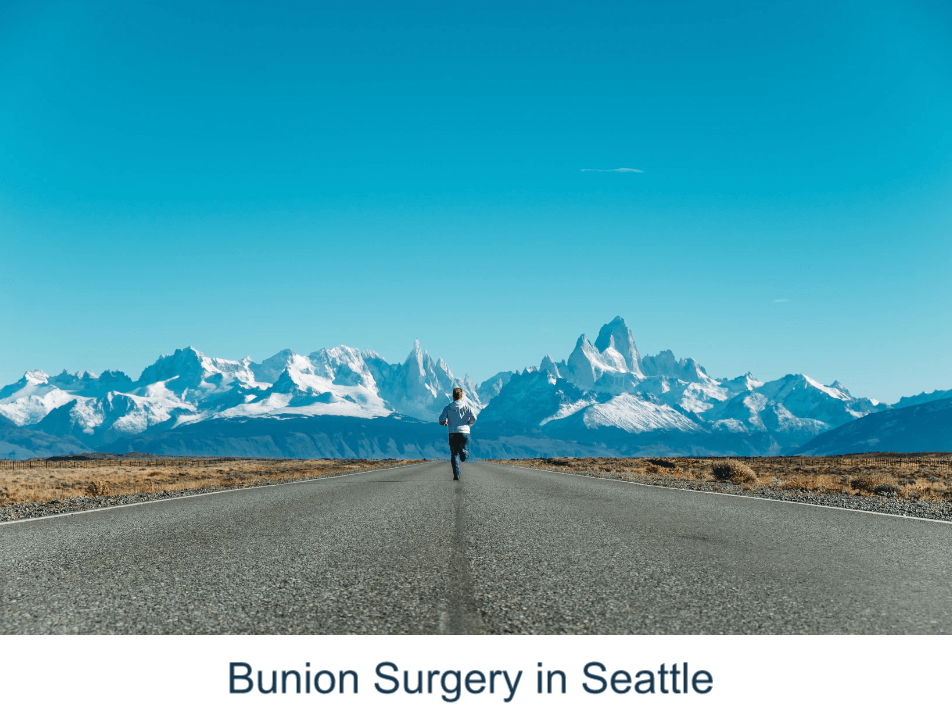

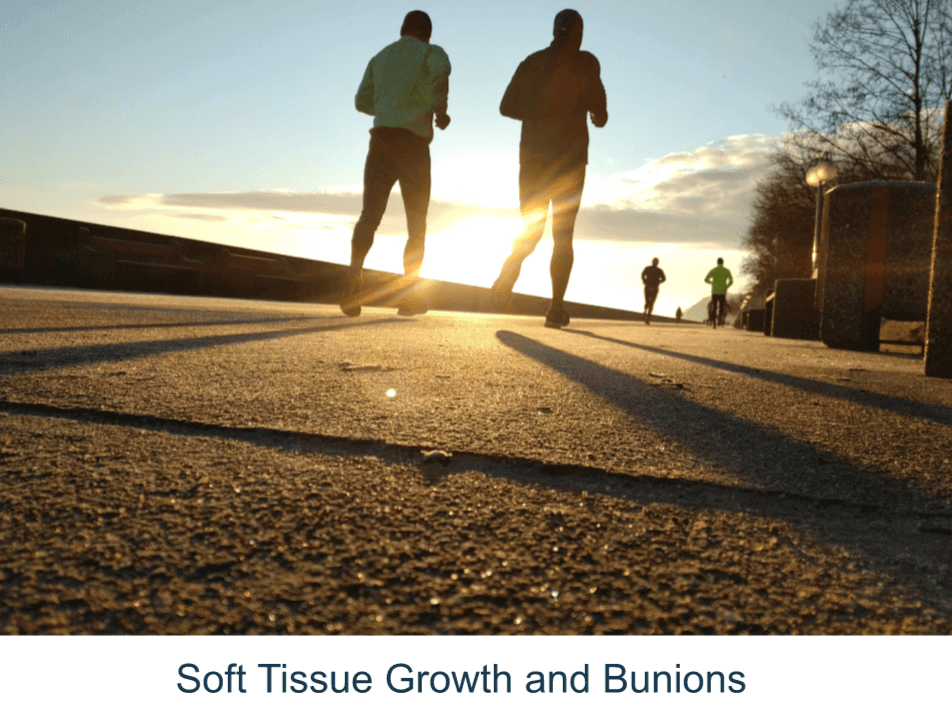
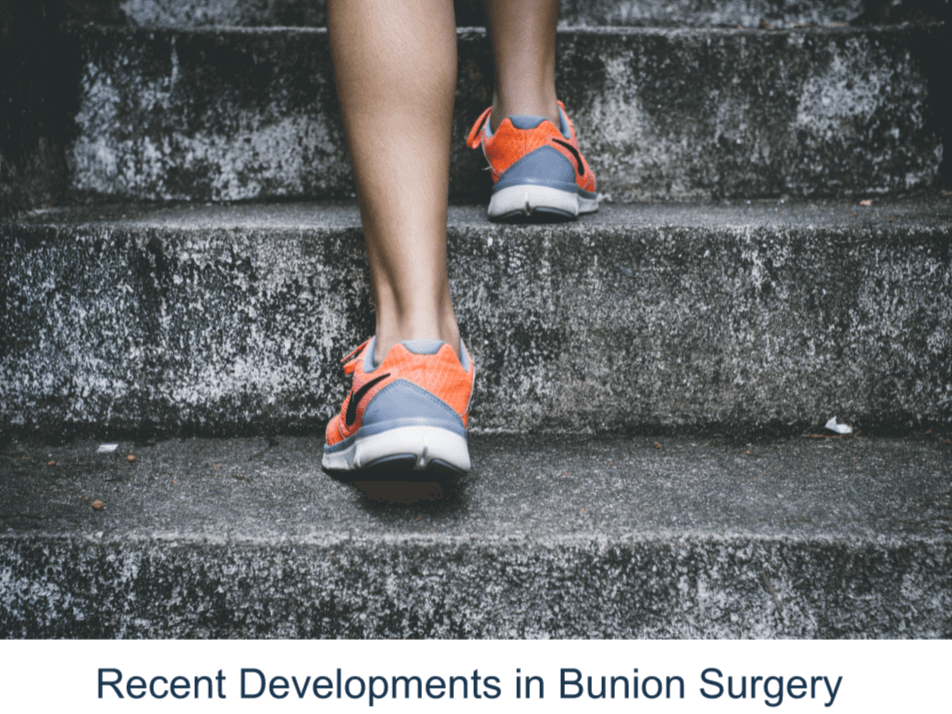

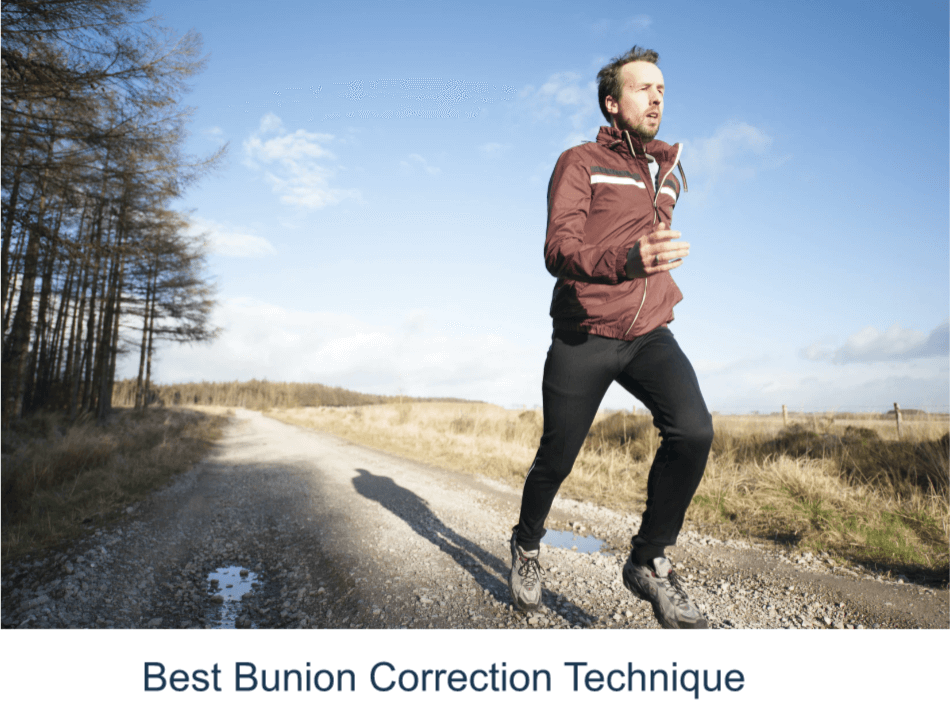
When Is Surgery Needed?
Severe bunions may need to be surgically corrected. A variety of surgical procedures is available to treat bunions. Surgical procedures are designed to remove the “bump” of bone, correct the changes in the bony structure of the foot, and correct soft tissue changes that may also have occurred. The goal of surgery is to reconstruct the foot and therefore reducing pain.
If you experience bunion pain the doctors of the Issaquah Foot and Ankle Specialists can help. Have them evaluate your bunions and tailor a treatment plan that will have you back on your feet. More about Surgery For Bunions.
Dr Brandon Nelson, A Board Certified Bunion Expert, Discusses Why Issaquah Foot & Ankle Specialists Is The Number One Bunion Surgery Center
Why Us?
The bunion is a complex deformity that arises for many reasons. It is primarily a deviation of the toe on the first metatarsal and the medial cuneiform.
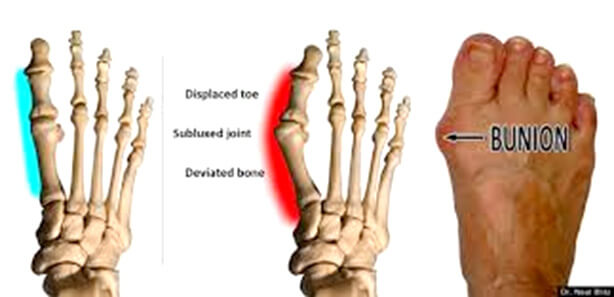
However, it is much more complex than that. The majority of surgeons do not appreciate the fundamental nature of the bunion and the inherit instability of the foot that leads to the bunion. That is where Issaquah Foot & Ankle Specialists are different than the majority of clinics, we specialize in bunion and are considered the premier experts.
To further expend on why we are the only place to have bunion surgery will take a little understanding of the deformity itself. The bunion is not a simple deviation of the toe it is complex condition that requires consideration of the overall foot structure and the cardinal planes of the body. Cardinal planes or anatomical planes are terms we use to describe the three-dimensional relationship of the human body and how it moves in space. The three cardinal planes are the frontal, transverse and saggital.
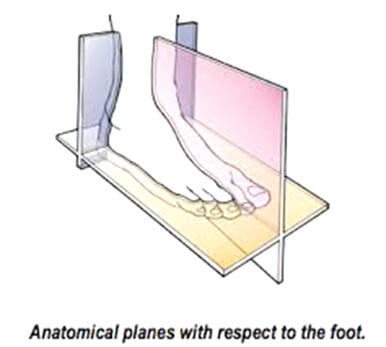
Why are these cardinal planes important when it comes to bunion surgery?
It is extremely important to evaluate all three anatomical planes when it comes to a bunion. The vast majority of bunion surgeons do not evaluate the bunion with respect to these planes and often use a 2-D picture to describe a 3-D problem. An example of this is what is called the Anterior-Posterior x-ray view. This is the view most commonly employed for a bunion.
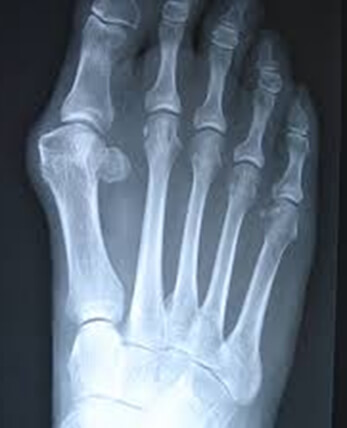
The problem with only evaluating the bunion on this top-down view is it only provides a picture of the deformity in one anatomical plane. This is where the problem lies. The large majority of bunion surgeons stop here and provide a correction in this plane only. This can ultimately result in reoccurrence and revisional surgery. This is an incomplete understanding of the bunion and one of the main reasons for poor outcomes. Issaquah Foot & Ankle Specialists provide a complete evaluation of the foot and bunion as a whole. That is why we also incorporate an x-ray technique that helps to evaluate the bunion relationship to the foot and all anatomical planes.
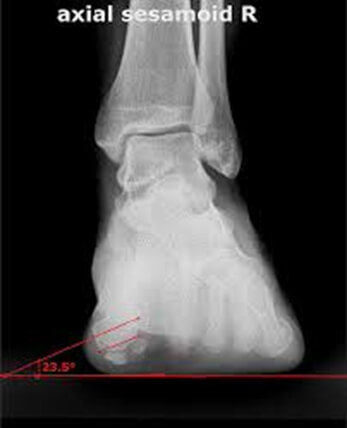
The above picture is called a sesamoid axial x-ray. It is one of the most important x-rays for a bunion. This helps the surgeon, in combination with the top-down view we saw above, make the best possible decision in planning for a bunion deformity correction. This sesamoid view above determines the bunion’s relationship in another anatomical plane the frontal plane. The frontal plane basically describes the position of the bunion and whether there is any rotation of the bone. If your surgeon only looks in one cardinal plane, they will miss the rotation of the bunion and only provide correction in one plane and your reoccurrence rate goes up.
I strongly recommend anybody that is contemplating bunion surgery to have your foot evaluated by one of our Doctors, we are Board Certified Bunion Experts and have over 30 years of experience and performed 1000’s of bunion surgeries.



